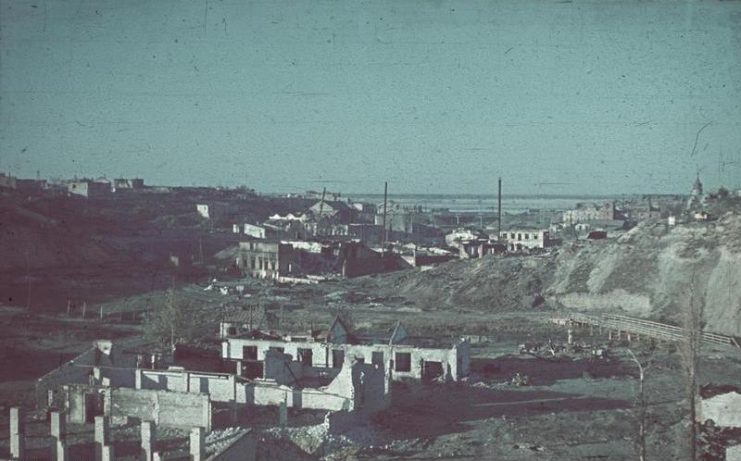The Battle of Stalingrad was one of the biggest battles of World War II. During the battle, both the Soviets and the Germans suffered significant losses.
The troops of the Red Army for the first time managed to encircle and defeat one of the strongest armies of the Wehrmacht. Here are five facts of this bloody battle.
1. Massive casualties
The Battle of Stalingrad was one of the bloodiest in history: the Axis countries lost about 1.5 million people, although some sources suggest this figure is overstated, and the Soviet Union lost more than 1.1 million people. Not only soldiers of the Red Army and Wehrmacht took part in the battle, but also Hungarians, Romanians, Italians and others. The battle lasted from 17 July 1942 through 2 February 1943.
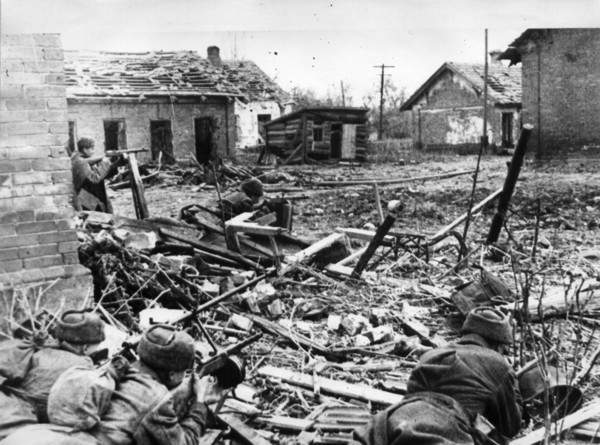
In addition, 40,000 civilians were also killed during the battle, because Stalin forbade evacuating them from Stalingrad. He believed that the Soviet soldiers would fight better if they knew that there were civilians nearby.
2. “Not a step back!”
On July 28, 1942 Stalin signed Order Number 227, which became known as the “Not a step back” order. This decree was issued in order to stop the high rate of desertion that had been occurring. Violators of the order were subject to a court martial.
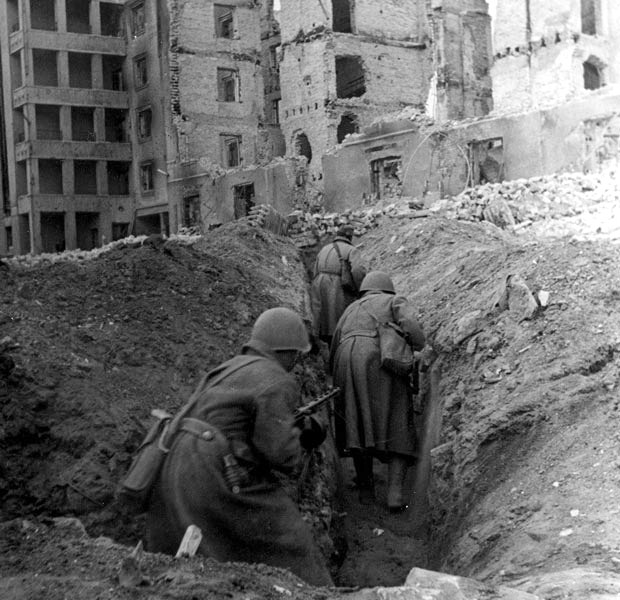
On each front of the Red Army, including at Stalingrad, there were penal battalions consisting of commanders and soldiers who had had disciplinary problems. These battalions participated in dangerous battles and only went forward.
In the rear guard there were always blocking detachments that killed deserters. According to some reports, more than 13,000 of these “traitors to the Motherland” were killed in Stalingrad.
3. Casualties even after the end of the battle
During the clearance of the minefields of Stalingrad, which continued until the summer of 1943, 97 sappers were killed and 244 were injured. More than 213,000 Soviet and German mines were collected, and about 250,000 mines were destroyed. The Red Army had planted most of the mines.
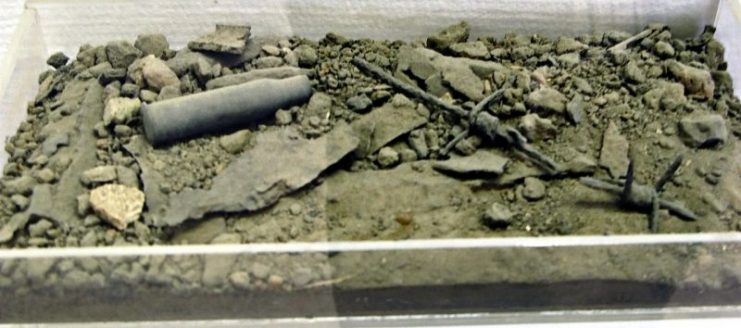
4. Pavlov’s House
“Pavlov’s House,” so named for the Soviet sergeant whose troops occupied it, became a symbol of Red Army resistance to the constant attacks by the Germans during the Battle of Stalingrad.
It was a four-story building, and due to its location it was of strategic importance for councils. The house gave its defenders a line of sight 2,625 feet long to the south, west, and north.
Under the command of Yakov Pavlov, a platoon of soldiers at the building resisted German attacks for 58 days. Vasily Chuikov, commander of the Soviet forces in Stalingrad, once said, “The Germans lost more soldiers and tanks during the attacks on Pavlov’s house than at the capture of Paris.”
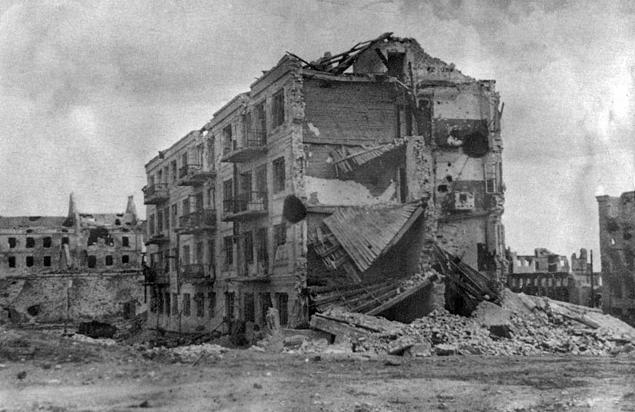
5. Hill 102/Mamayev Kurgan
Not far from the center of Stalingrad is Mamayev Kurgan, which is a hill 335 feet high with a view of the city, the district and the eastern shore of the Volga. During the Battle of Stalingrad fierce battles were fought for this place, and control of Mamayev Kurgan passed back and forth 14 times.
Because of the constant shelling, the hill was constantly black, and in winter there was no snow on it. In 1967, a 285 feet high monument was erected on this hill, known as “The Motherland Calls.”
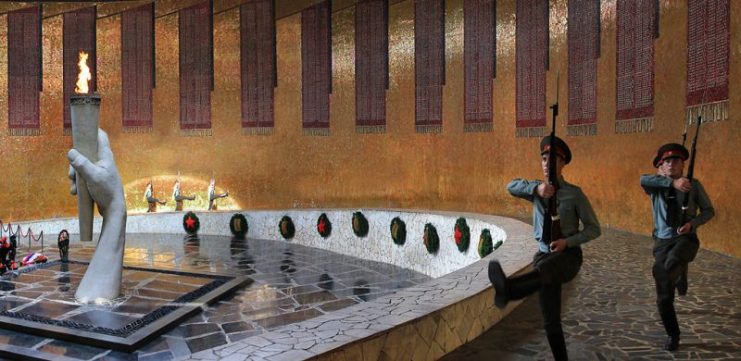
Bonus Fact
One more interesting fact should be noted. Soviet propagandists, using loudspeakers mounted where German soldiers would hear them, transmitted the sound of a ticking clock. This ticking was accompanied by a commentary that proclaimed “every seven seconds a German soldier dies at the front.” After these words, a tango melody played.
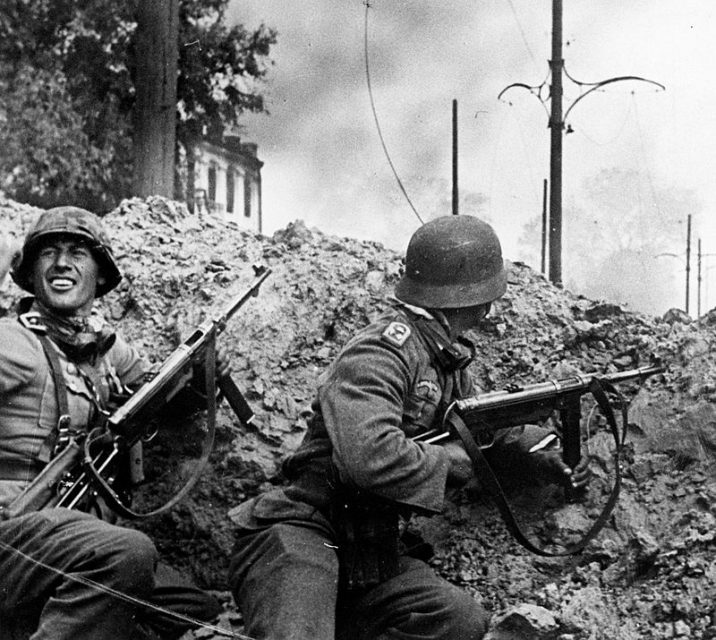
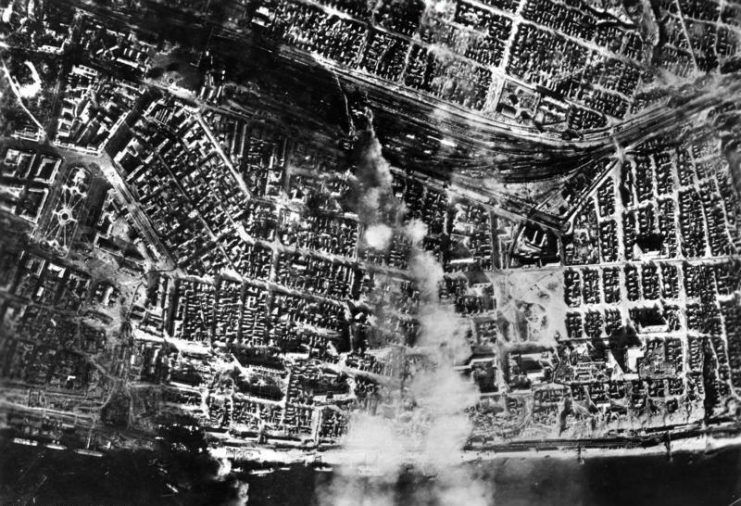
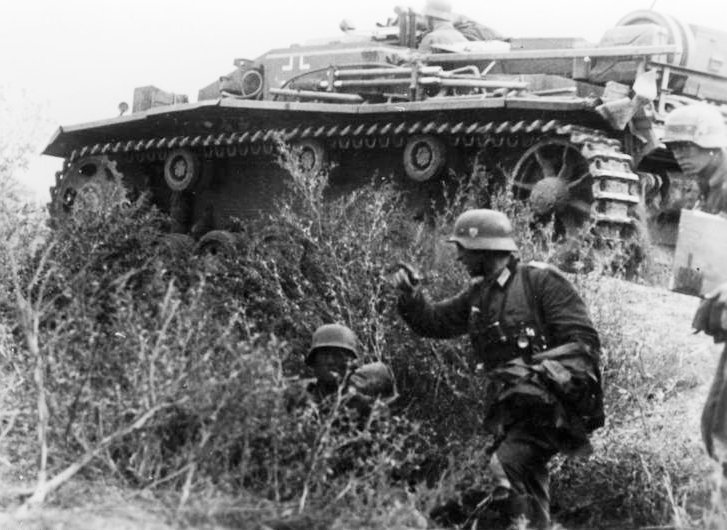
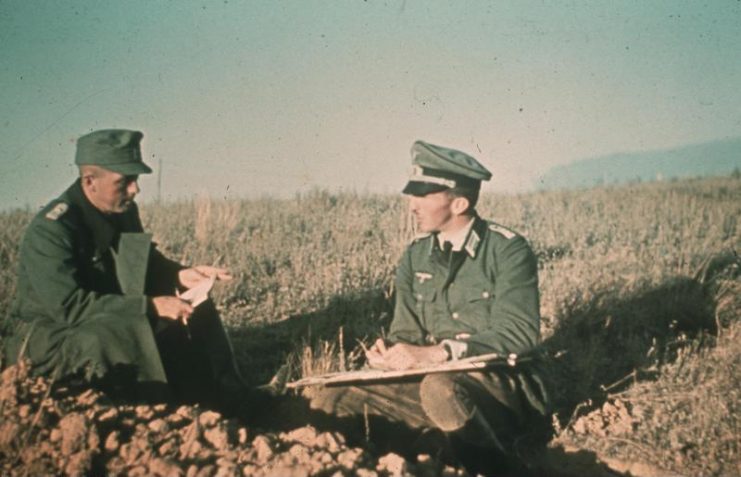
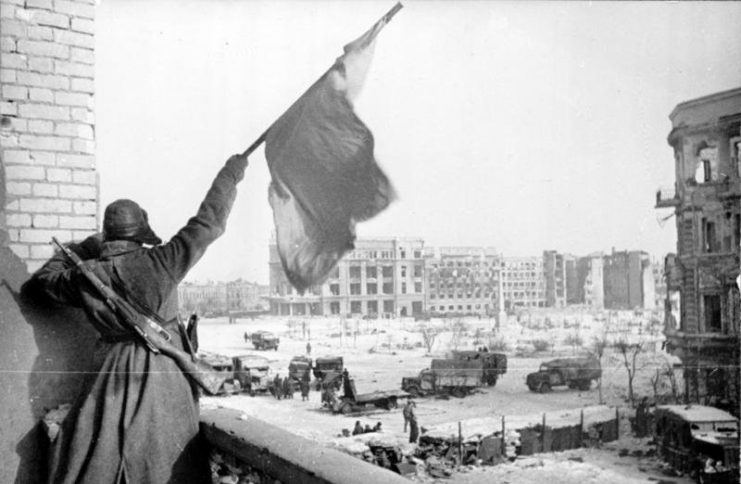
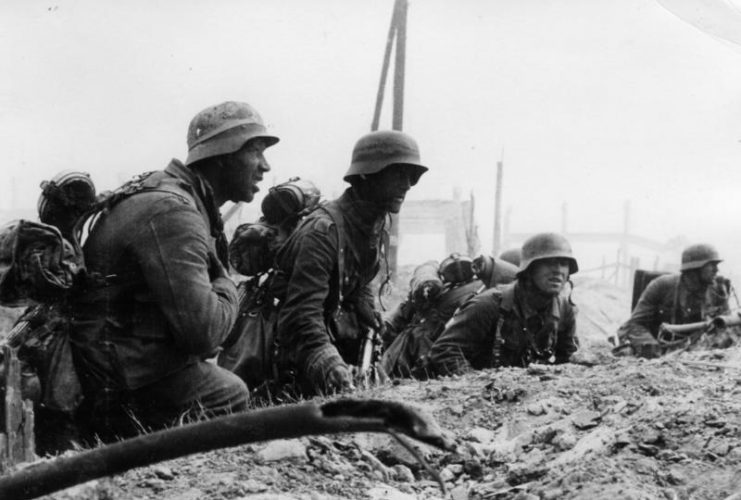
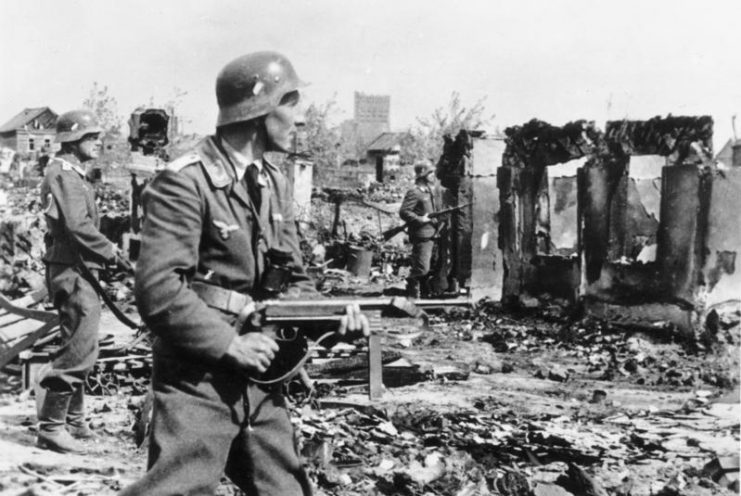
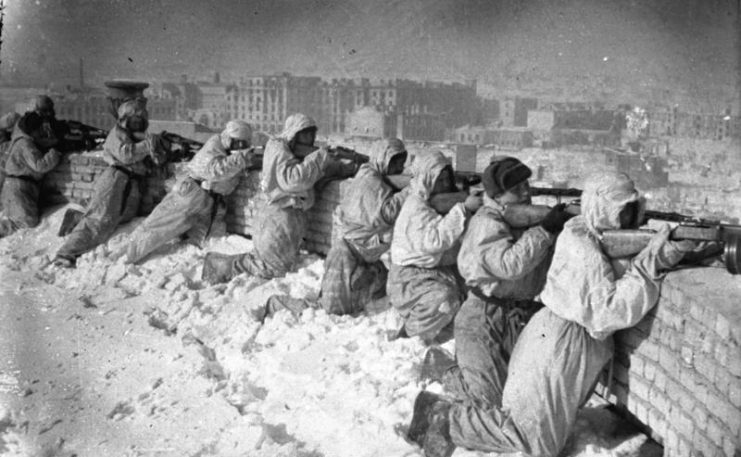
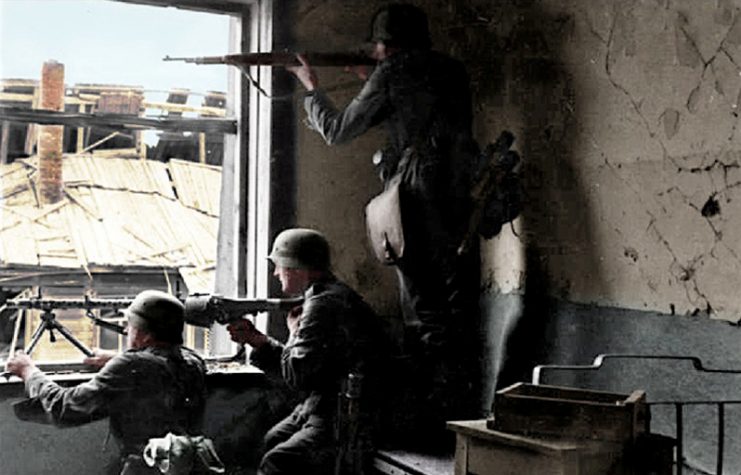
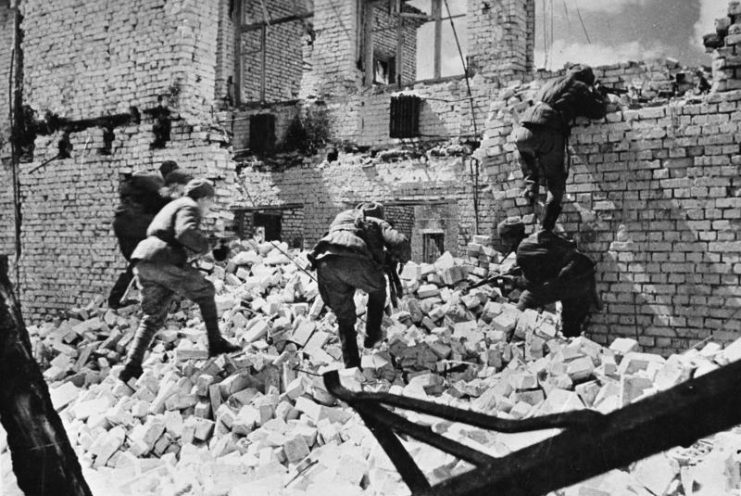
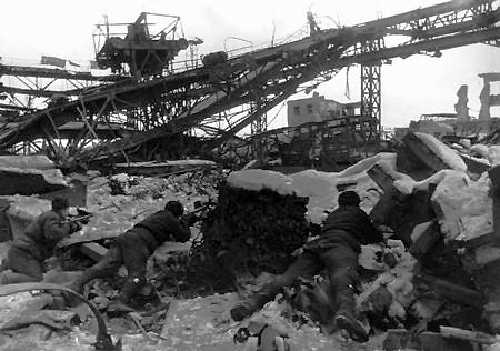
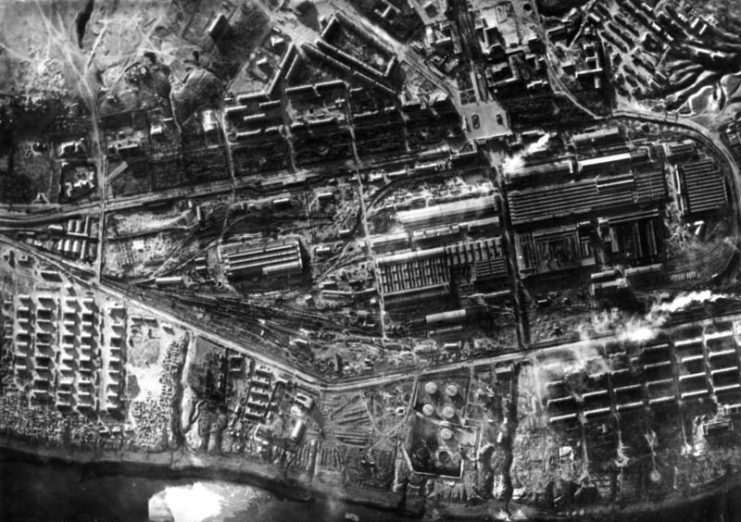
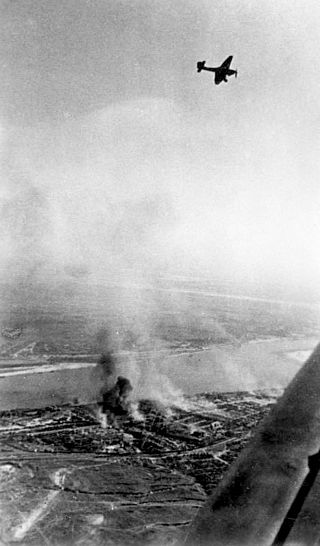
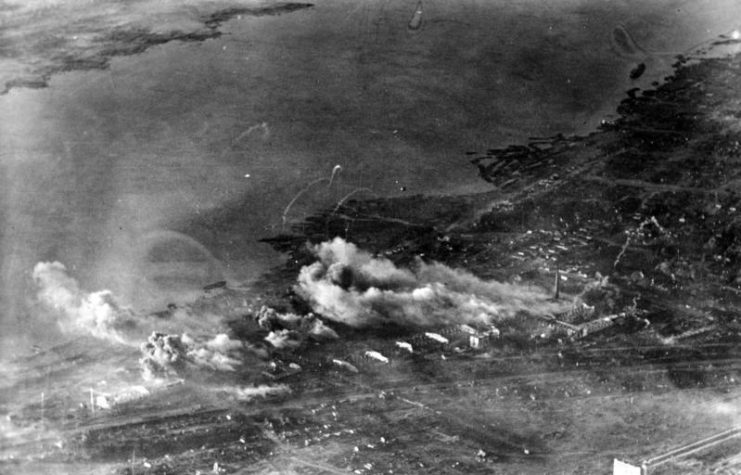
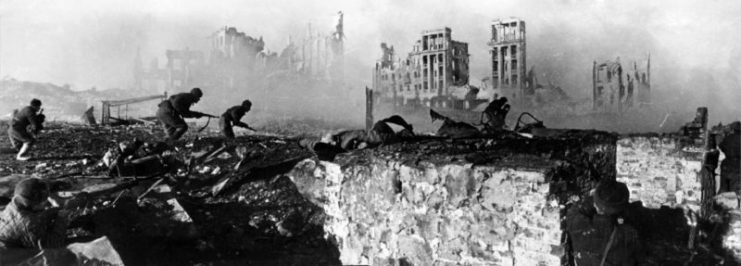
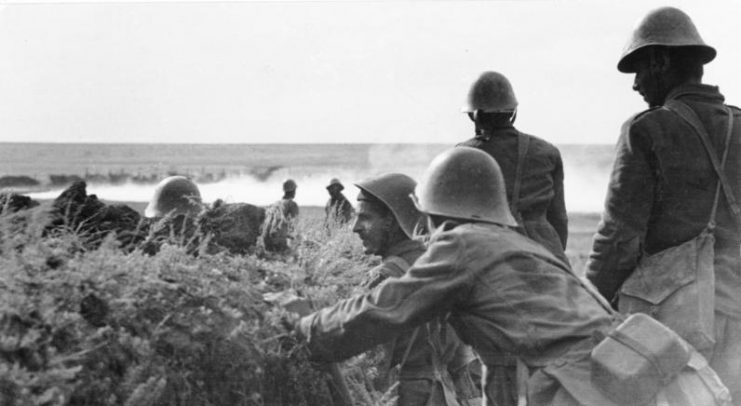
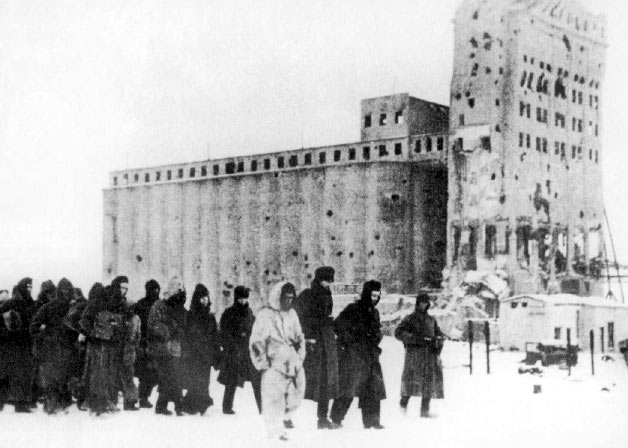
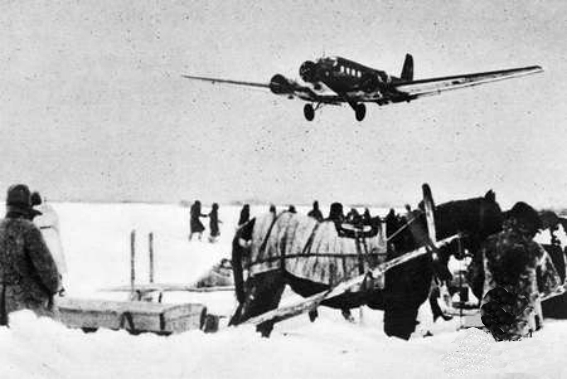
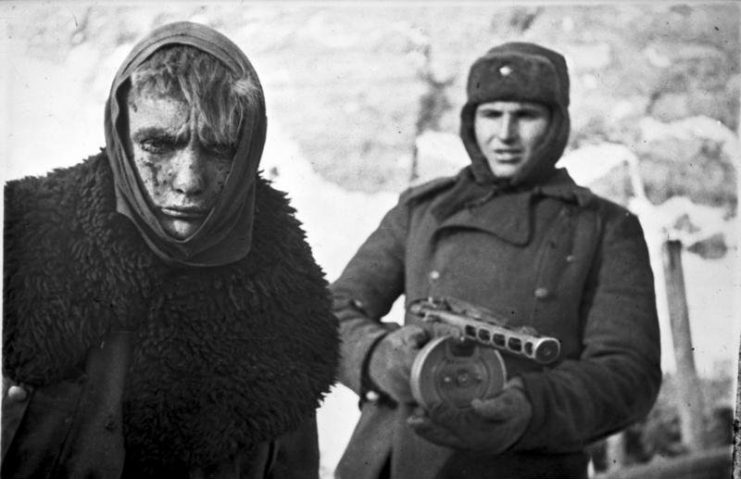
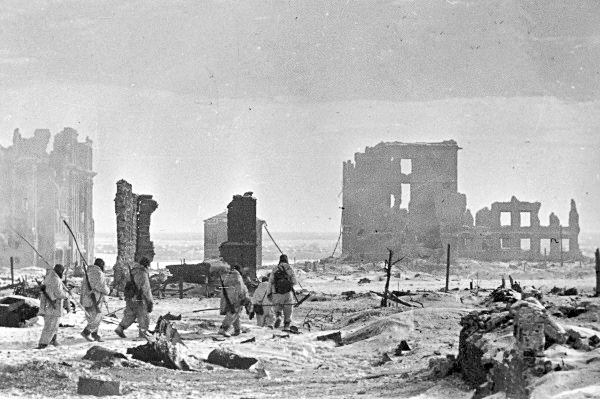
Read another story from us: The Myths, Legends, AND Truth of the Stalingrad Shoemaker Boy
